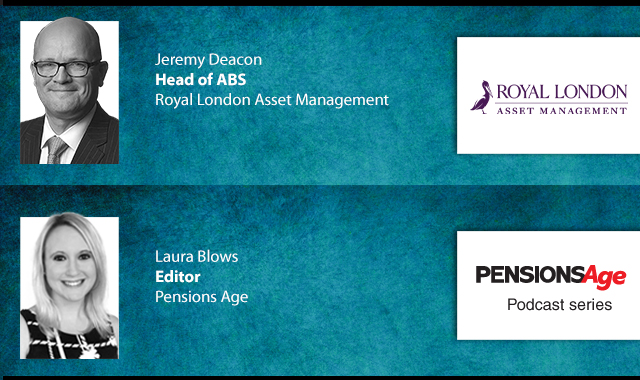Mark Duke explains how trustees and scheme sponsors can navigate their way to a brighter risk-controlled future
Sat navs are great. As long as you know where you want to go, you are a few taps away from a route and the dulcet tones of your personal guide. The savvy driver, however, will also read the road signs and watch out for roadworks which might give rise to diversions to the route. In addition, along the way, the car's dashboard will show the driver real time data about the status of the vehicle.
Pension schemes may operate over longer time frames than your average car journey but there is a pressing need for a flow of relevant data. Let's put this in the context of a scheme's risk management.
Trustees and the scheme sponsor should take time to set a strategy that establishes how much risk they wish to take now and in the future. Most schemes will have taken this step and defined their endgame, in effect their ideal balance of risk and reward, and for some the aspiration will be full buy-out.
There will also be a recognition that markets, prices and products change quickly and an awareness that the pension scheme needs to know how it will respond to change. A great strategy could be completely undermined if, in a few months time, the scheme realises that it has either failed to identify or act upon a chance to de-risk and prices have since worsened. But pension schemes do not generally have access to the necessary real time data or have the governance in place to know what to do with such data.
This is not a criticism. It is more a reflection that having invested so much time, for example, in agreeing a funding plan with the employer and keeping up with regulatory change, the time left to deal with the fundamental economics of the scheme may be very limited.
What is needed is a combination of sat nav, dashboard and savvy driver, wrapped up in an affordable package – affordable both in terms of cash
and time.
Set out below are some tips for working out what's right for your scheme:
- Dashboards are most useful when they show what you want. Cluttered up with lots of irrelevant data, the results can be confusing, and remember you are probably paying for the extra information you do not want.
- Opportunities to de-risk can be driven by factors such as changes in bond yields, the price of buying inflation protection, excess returns from risky assets and the price of products like annuities. Any monitoring has to look at these factors in real time. To the extent that it depends on the comparison of liabilities and assets, not only do the assets have to be based on market prices but the liabilities should also be measured in a way that is consistent with market conditions.
- The data you get needs to be good enough for the purpose of making decisions. This may sound obvious but, while it can be straightforward
to track the funded status of the pension scheme, there is little point simply doing this if the results need to be validated before they are deemed fit for purpose.
- Fit for purpose does not mean having to replicate full actuarial valuations at frequent intervals. Our analysis shows that for most pension schemes the funded position can be tracked with a high degree of accuracy using detailed liability cash flow information obtained when the scheme is valued for other purposes. Indeed too frequent refreshing of the underlying membership data creates greater risk of error in the output.
- Monitoring is all very well but there has to be an automated means of alerting all the relevant stakeholders when an event has occurred that requires action. Data that is not shared may be interesting but is of little practical value.
- The relevant stakeholders need to work within a governance framework that will ensure that the right actions are taken quickly and efficiently at the right time.
While technology can go a long way to helping deal with these issues, setting a course and exercising judgement along the way are all matters that still need people. Remember, sat navs have been known to direct people into lakes and the banking regulators, with all their complex dashboards, did not avert the credit crunch.
Mark Duke is head of settlement consulting at Towers Watson
Latest News
-
HMRC overpaid tax repayments pass £1.5bn milestone
-
TPO case closure rates improve despite demand continuing to grow
-
DB schemes urged to ‘set the course’ for long-term strategy under new funding code
-
Blog: Protecting pensions in an age of deception
-
Research reveals twofold increase in number of pensioners paying 60% tax
-
DB schemes told to 'double down' on liquidity management
Private markets – a growing presence within UK DC
Laura Blows discusses the role of private market investment within DC schemes with Aviva Director of Investments, Maiyuresh Rajah
The DB pension landscape
Pensions Age speaks to BlackRock managing director and head of its DB relationship management team, Andrew Reid, about the DB pensions landscape
Podcast: Who matters most in pensions?

In the latest Pensions Age podcast, Francesca Fabrizi speaks to Capita Pension Solutions global practice leader & chief revenue officer, Stuart Heatley, about who matters most in pensions and how to best meet their needs
Podcast: A look at asset-backed securities

Royal London Asset Management head of ABS, Jeremy Deacon, chats about asset-backed securities (ABS) in our latest Pensions Age podcast
© 2019 Perspective Publishing Privacy & Cookies










Recent Stories